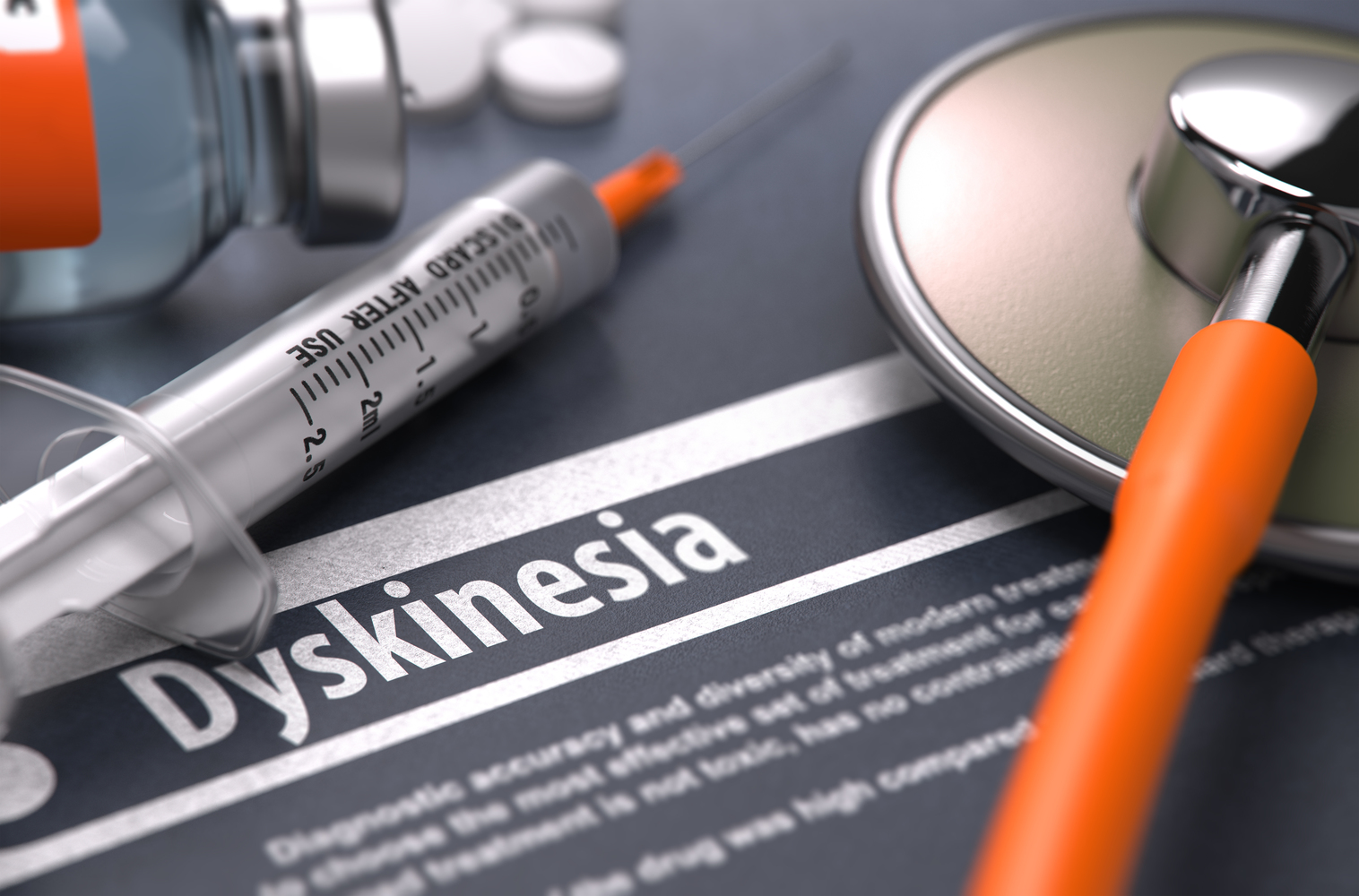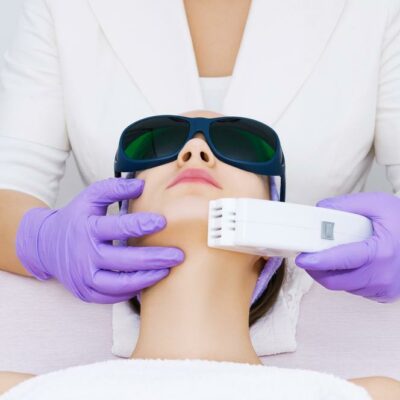
Treatment options for dyskinesia and tremors
Dyskinesia and tremors linked to Parkinson’s are difficult to live with. In severe cases, it can be extremely disabling. Parkinson’s tremors are slow, continuous, and occur in a steady rhythm. They are not like spasms, jerks, or tics. They are asymmetric and take place on one side of the body usually. Tremors occur when the muscles are at rest and not in movement. For example, when the hand is resting on the lap or an armrest, tremors may occur, or the fingers may tremble when holding a glass. But as soon as you move your hand or fingers, the tremors stop.
Dyskinesia, on the other hand, is not the same as tremors and comprises of jerky movements that are uncontrollable. It can be fidgety movements, swaying of the body, head bobbing, wriggling, writhing, twisting, flailing of arms, squirming, or random jerks. It appears on the same side of the body that is affected by Parkinson’s.
1. Treatment of dyskinesia:
- Dyskinesia is difficult to treat after it has started. If you have Parkinson’s and haven’t yet got dyskinesia, then you can prevent it by having dopamine receptor agonists instead of levodopa. Eventually after some years you will need to start levodopa, but at least it will delay the onset of dyskinesia.
- If you already have dyskinesia and are on levodopa medication, then treatment will include lowering the dosage of levodopa and adjusting the times when it is taken, so that there can be a steady, continuous supply of dopamine for the brain. It is generally most helpful if your doctor switches you on to extended release forms of levodopa.
- Amantadine is a medication that helps reduce dyskinesia and also helps with reducing the symptoms of Parkinson’s. Extended release formulations of amantadine maintain a high level of amantadine in the body all day long, thus reducing dyskinesia.
- Deep brain stimulation is a surgical way to treat dyskinesia when it is very severe.
- Reducing stress helps reduce dyskinesia. To de-stress, it is best to indulge in walking, exercising, swimming, watching movies, reading books, listening to music.
- Exercising the muscles makes them stronger and prevents muscle weakness.
- Dyskinesia is dependent on sleep, so try to get at least 8 hours of sleep every night.
2. Treatment of tremors associated with Parkinson’s:
- Parkinson’s disease medications like levodopa or other dopamine agonists drugs are prescribed to treat tremors.
- If tremors do not respond to treatment by levodopa and other first line medications, then medications such as anticholinergics, propranolol, and clozapine are prescribed. Amantadine, propranolol, clonazepam, and neurontin are also prescribed in some cases.
- Deep brain stimulation surgery is used to treat extremely severe tremors that do not respond to medication or any other treatment. It has a 90% success rate and usually makes tremors disappear almost completely.
- Thermocoagulation at several neuroanatomical sites such as the thalamus, globus pallidus, subthalamic nucleus, is also used to treat severe cases.


